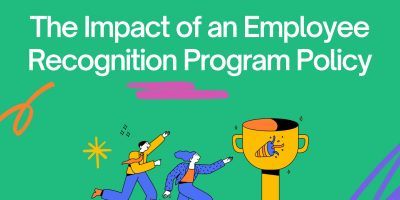
How Can Companies Motivate Employees with Corporate Social Responsibility?
Unlock the potential of corporate social responsibility (CSR) to inspire and motivate your employees. Discover strategies that align purpose with profit, creating a workplace driven by shared values and meaningful impact.







